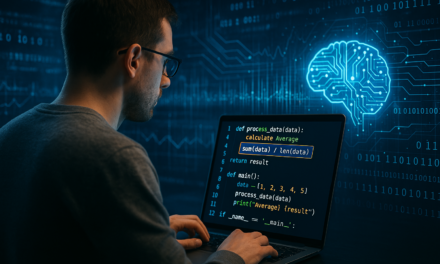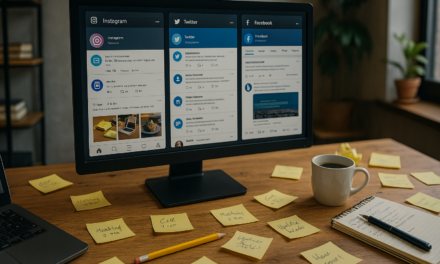Introduction
It was a typical Tuesday morning, and Emma, a busy graphic designer at a leading creative agency, was staring at her daunting to-do list, wondering how she would accomplish it all by the end of the day. Overwhelmed, she thought, "There must be a better way to manage this workload without compromising my creative touch." If you're a designer like Emma, struggling with tight deadlines and constant demands, you're not alone. The creative industry is fast-paced, and the pressure to produce innovative designs while maintaining quality is immense.
But what if technology could lend a helping hand? Enter AI. This isn't a robot takeover scenario from a sci-fi flick; it's a real-world solution that's reshaping how creative professionals like Emma manage their tasks. So, how can AI tools like Galileo AI revolutionize your design toolkit? Let's explore how these technological marvels simplify complex tasks and elevate your efficiency to new heights.
Why AI Matters for Designers
In the ever-evolving world of design, staying ahead of the curve is essential. One minute you're mastering the latest design trend; the next, you're overwhelmed by the sheer volume of client requests. This is where AI comes in, offering a lifeline to designers overwhelmed by expectations. AI tools can simplify processes, quickly analyzing data and providing insights that would take human designers countless hours to produce.
Consider the challenge of designing custom graphics for a marketing campaign. Traditionally, this process requires multiple brainstorming sessions, drafts, and approvals. AI can streamline these tasks by suggesting design layouts and styles based on client preferences and historical data. Imagine the time and effort saved if a program could intuitively anticipate and execute these needs, allowing designers to focus on fine-tuning the creative elements rather than getting bogged down by the details.
Top AI Tools to Know
Galileo AI
Galileo AI is a cutting-edge tool that leverages machine learning to enhance your design workflow. It's not just about producing designs faster; it's about producing smarter designs. By analyzing past projects and design trends, Galileo AI can suggest design elements and optimize layouts, thus improving efficiency. For designers, this means less time spent on repetitive tasks and more time to channel their creativity. Whether you're brainstorming in the early stages or refining the final product, Galileo AI acts as a creative partner, helping you craft compelling visual narratives effortlessly.
Canva AI
Many designers are familiar with Canva's user-friendly interface, but adding AI into the mix elevates it to a whole new level. Canva AI provides smart recommendations for design templates and font pairings based on your project’s theme and purpose. For instance, if you're creating a social media post, Canva AI can instantly generate multiple on-brand variations, allowing you to focus on content rather than design logistics. It's like having a design assistant at your fingertips, ensuring consistency and creativity with every project.
Future Outlook
Looking ahead, the integration of AI in design will become even more pronounced. In the next three to five years, we can expect AI tools to become even more intuitive, understanding contextual nuances and personal preferences to offer bespoke design solutions. This evolution will create opportunities for designers to explore new creative realms, potentially leading to more innovative, boundary-pushing designs.
However, with these opportunities come challenges. As AI technology proliferates, designers will need to be vigilant about ethical considerations, ensuring that their work remains original in a world where automation could risk creating homogenization. To thrive, designers should invest in learning AI tools, enhancing their skills to not only use but also creatively direct AI technology.
Conclusion
As we've explored, AI isn't here to replace designers; it's here to liberate them. By adopting AI tools like Galileo AI and Canva AI, you can transform overwhelming workloads into manageable tasks, freeing up your creative energy to focus on innovation. So why not take the plunge? Embrace AI's potential, experiment with these tools, and discover how they can redefine your creative process for a more efficient and fulfilling design career.



